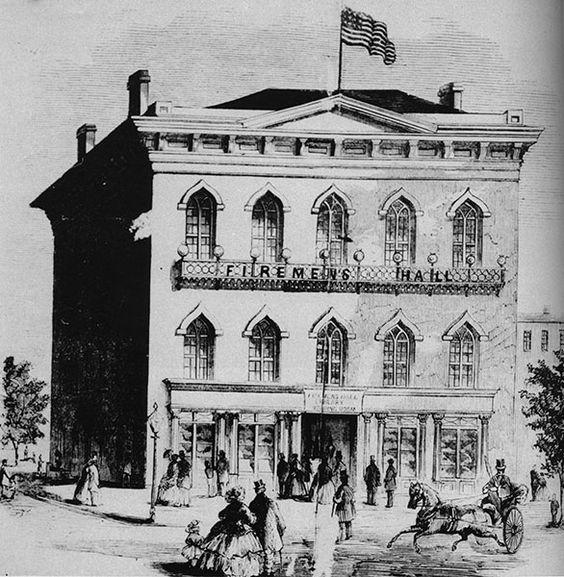During the early days of the civil war, an elaborate flag raising ceremony took place at Detroit’s Firemen’s Hall. The event even included a live eagle.
Category: history
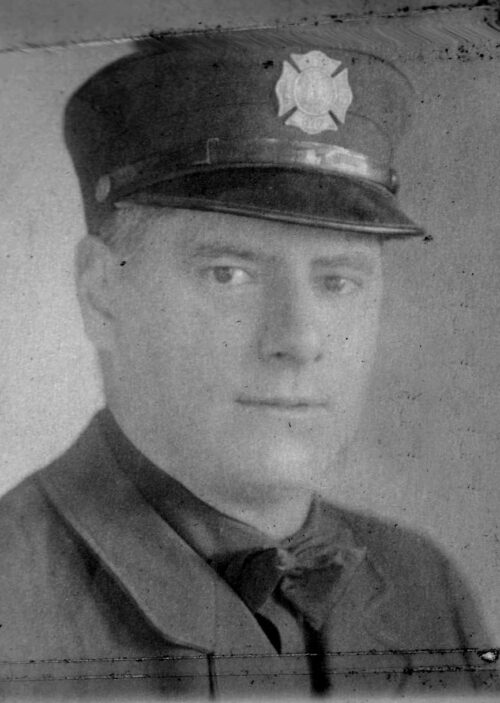
Early the morning of October 24, 1919, Detroit Firefighter Felix Straub suffered severe smoke inhalation and was thought to be dying as the results of his efforts in fighting a fire in a 3 story building on Woodward Avenue.
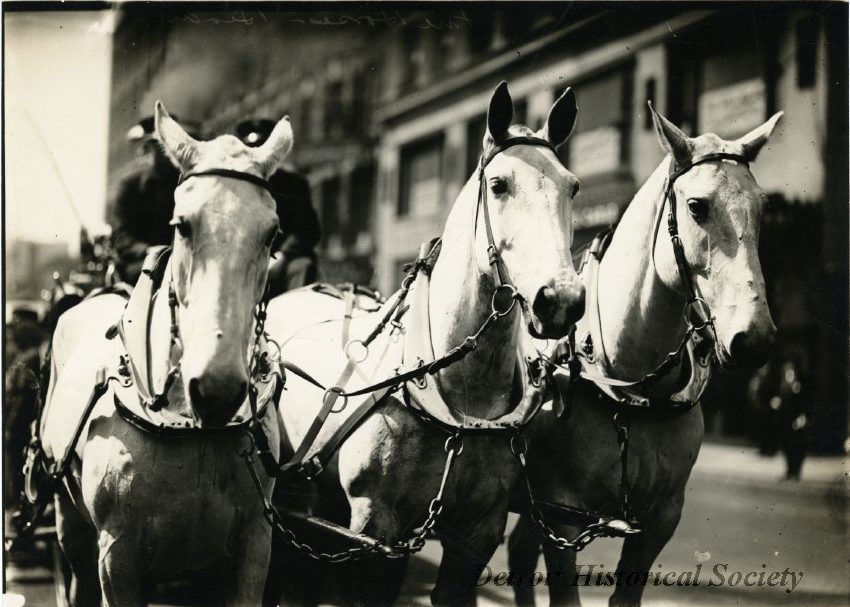
On this day, February 25, 1923. After being retired for nearly a year Detroit’s fire horses pressed into service to
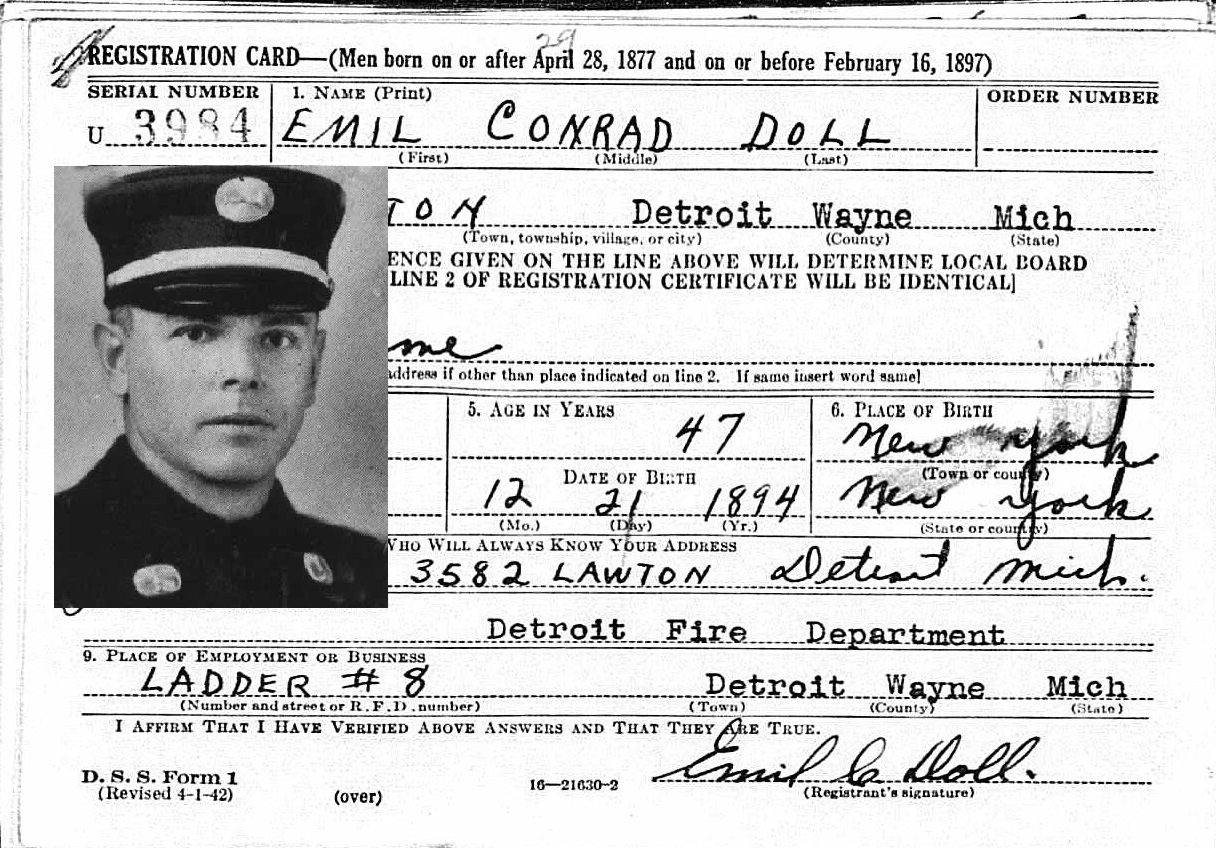
On This Day, February 13, 1942, more than 500 firemen participated in an early registered for the draft at Fire
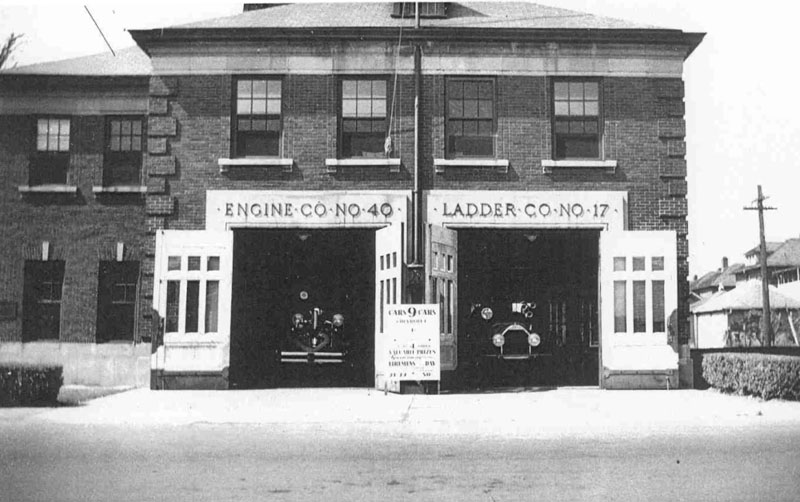
On this day, February 4, 1945 the crews stationed at Engine 40’s quarters at Twelfth and Labelle had a rude
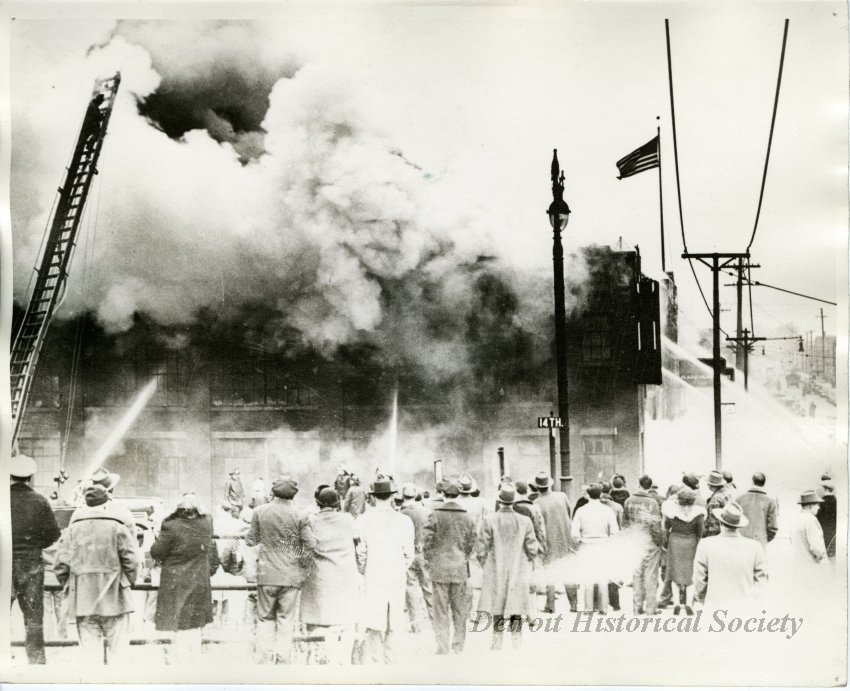
At 2:30 pm on December 5, 1944 Detroit Firefighter responded to a call from Box 246. Fire was raging in

Detroit voters overwhelmingly approve the “Firemen’s 24 Hour Amendment” which amended the city charter to set new working hours for
Today in Detroit Fire History – March 16, 1922 Ladder 22 was officially placed in service after a brief 10
Detroit Fire Department History – May 10, 1937 More than 5,000,000 gallons of water was pumped into a five-story brick
Detroit Fire Department History – March 1, 1958 The department discontinued wakeful night watches. A new system called the Silent
